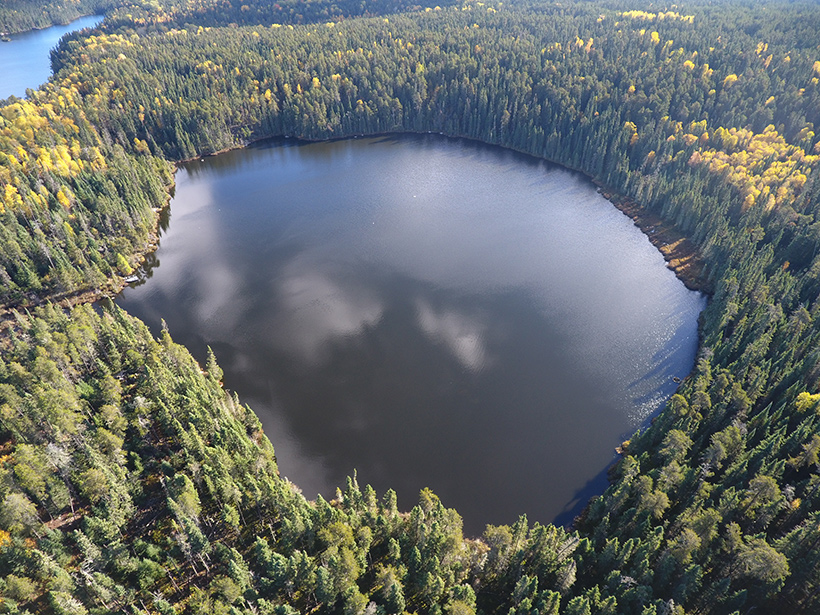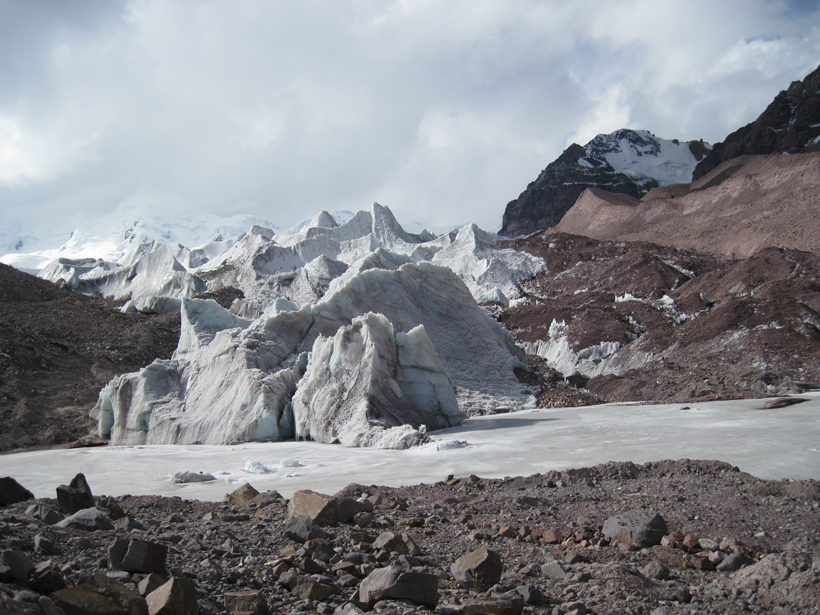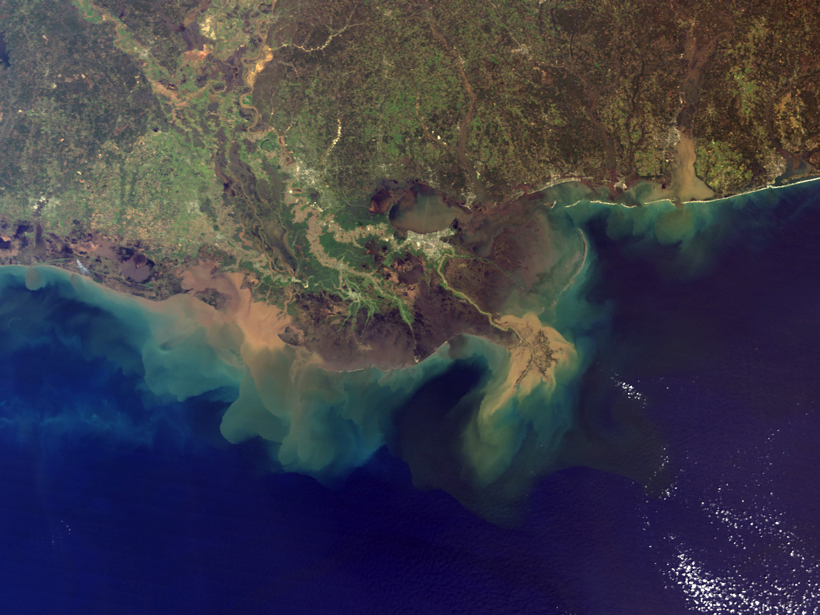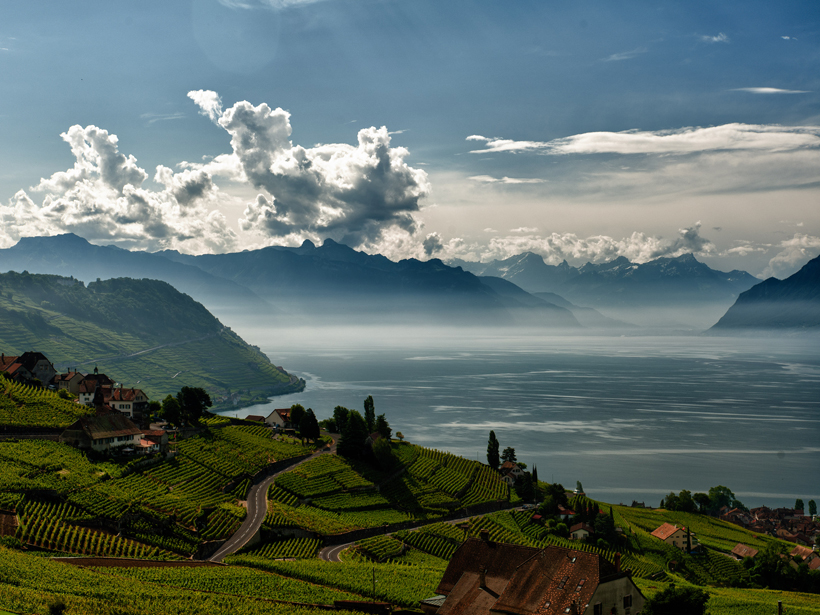Excess of a single nutrient, such as nitrogen, may boost plant productivity, but the imbalance leads to less efficient water use as plants scramble for the nutrients they lack.
phosphorus
Our Losing Phosphate Wager
Global food systems depend on fertilizers with phosphate. We need to act now before this nonrenewable resource runs out.
Records and Risks of Legacy Phosphorus in Streams
A new study quantifies persistent phosphorus in a drainage basin in Sweden and points out risks and oversights to factor in to future stream management.
The Lasting Legacy of Phosphorus Buried in Lakes
Research at an experimental lake suggests that phosphorus inputs from runoff may affect the health of aquatic ecosystems long after external additions of the nutrient are reduced.
Mapping Nutrient Inputs in the Great Lakes Basin
A new tool links nitrogen and phosphorus applications to land use classifications to better understand where and how much of the nutrients enter watersheds in the U.S. Great Lakes Basin.
After a Glacier Retreats, Plants Thrive Thanks to Phosphorus
Grasses, small flowers, and mosses colonize glacial till in the Peruvian Andes when researchers apply a phosphorus fertilizer, an ecological surprise with implications for carbon sequestration.
What Proportion of River Nutrients Reaches the Open Sea?
Results of the first geographically based estimates of river nutrient supply indicate that 75% of dissolved nitrogen and 80% of phosphorus reach the open ocean.
Arctic Survey Hunts for Missing Nitrogen and Phosphorus
A new survey of ocean waters flowing in and out of the Arctic may shed light on how dissolved organic nitrogen and phosphorus contribute to nutrient cycling in the Arctic.
Past Phosphorus Runoff Causes Present Oxygen Depletion in Lakes
Sediment cores show how phosphorus pollution in the 1950s led to current, inherited hypoxia in lakes in the Alps.








